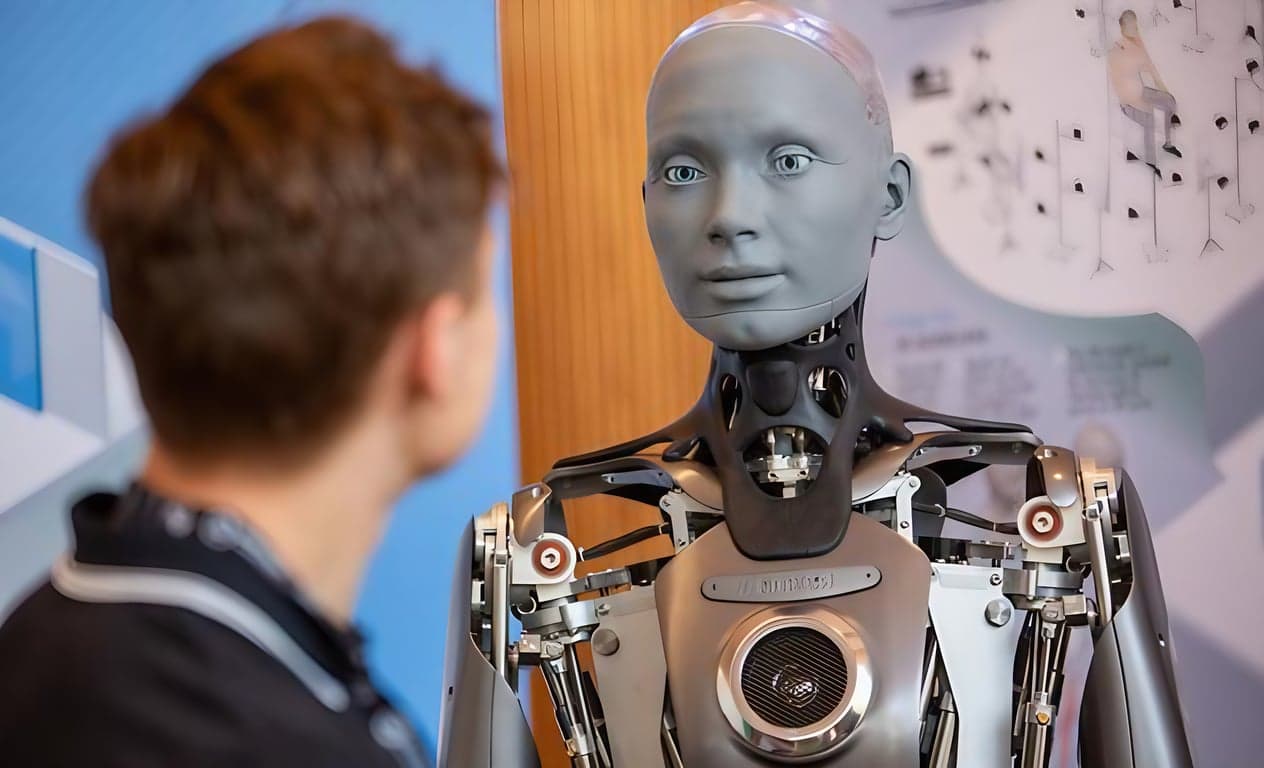 “How else could two months' salary last forever?” — the famous De Beers quote.
“How else could two months' salary last forever?” — the famous De Beers quote.
“A diamond is forever.”
Yet, Nicky Oppenheimer famously stated, “Diamonds are intrinsically worthless, except for the deep psychological need they fill.”
Why is the yearning for diamonds so deeply rooted, even though they are considered a depreciating asset? Let’s dive into the historical aspect of diamonds.
Diamonds were first discovered in India around the 4th century BCE, specifically in the alluvial deposits along the Penner, Krishna, and Godavari rivers. The impact of imperialism transformed the stone from a regional curiosity into a global symbol of wealth, power, and status.
Meanwhile, diamond mines were being discovered in other parts of the world, yet India remained the biggest exporter primarily due to its dominance in diamond cutting and polishing rather than extraction. However, soon Brazil overtook India.
How and why?
In simple terms:
A) Due to the decline in diamond reserves in India
B) Brazil’s clever gameplay—Europeans specifically chose Indian-produced diamonds for their quality. Brazil entered Indian markets, bought these diamonds, re-labeled them as Brazilian, and sold them. This move accelerated India's decline.
Eventually, in 1867, diamonds were found in South Africa, surpassing both India and Brazil in production and becoming a major global supplier. Johannes and Diedrick unearthed diamonds on their farm and sold the mine to Cecil Rhodes.
Rhodes commercialised diamonds and built a monopoly that controlled 90% of global production. To maximize sales, he launched the world’s most successful campaign by tying diamonds to the human emotion of “eternal love.”
De Beers made the supply chain unbreakable. The stone became a symbol of status, love, and class. Rhodes bet his life on creating the perfect psychologically crippling, mind-boggling advertising machine. Celebrities were shown owning diamonds. Proposals felt incomplete without them. The influence extended to Japanese wedding rituals, where diamonds came to symbolize “prosperity” and “Westernism.”
Timeless icons like Marilyn Monroe famously sang, “Diamonds are a girl’s best friend.”
Lines like, “If your love is permanent, then you need something indestructible to prove it,” had a profound effect on people.
Jewellery was gifted to celebrities. Diamonds sparkled on the red carpet at the Golden Globes. When Queen Elizabeth visited the African mines, she was given a 6-carat diamond as a souvenir. The Kohinoor tale added further to global fascination.
The world was living in De Beers’ diamond multiverse.
Diamonds were used to extend hands for international relations, and even during war to buy arms and ammunition. Hence the term “blood diamonds.”
During the global depression, De Beers actively created artificial scarcity to maintain high prices. They stockpiled diamonds and released only limited quantities into the market creating the illusion of rarity to justify high prices despite falling demand.
In recent times, lab-grown diamonds have begun making their mark in the industry. Besides the obvious difference in origin, long-term value is another key distinction natural diamonds tend to hold value slightly better. But lab-created diamonds, being mass-producible, are far more cost-effective and accessible.
Both are depreciating assets, but lab-grown diamonds are more economically viable.
How are lab-grown diamonds made?
A seed diamond is placed in a machine using either the High Pressure High Temperature (HPHT) or Chemical Vapor Deposition (CVD) method.
In HPHT, the seed is placed in a press inside a growth chamber.
In CVD, it’s placed in a specialized chamber filled with carbon-rich gas.
This process uses less water, less energy, and respects basic human rights.
A diamond that can be grown in 30 days is it even valuable?
From a technical perspective, that’s like saying the ice in your refrigerator is fake and the frozen ice in the Himalayas is real.
Mining a 1 carat diamond emits enough carbon to power a house for 3 days. It puts enormous pressure on forests, pollutes rivers, ruins landscapes, and exploits human lives.
Mine workers were forbidden to leave, and their children received sham education. It was an illusion a manipulative trap. Workers were fed purgative pills so they couldn’t smuggle diamonds in their stomachs. Corpses were buried nearby so diamonds could be extracted from the dead before they could be smuggled.
Pigeons were trained to smuggle diamonds and later banned in African diamond regions. Stones were tied to their legs and flown over security zones. Authorities responded by banning pigeon-raising entirely. Hunters were executed for not shooting down pigeons on sight. The fear of betrayal ran that deep.
Children, barely able to walk, were pushed into dark, uncertain futures. The cruelty was boundless. The obsession was cold and calculated.
When the world finally woke up to the brutality and bloodshed, the call for conflict-free diamonds grew. Hence, the Kimberley Process was adopted.
The Kimberley Process, launched in 2003 by the UN, aims to block the sale of diamonds that fund rebel movements. However, the definition of “conflict” is so narrow that it doesn’t address state violence or human rights violations. This loophole allowed governments like Mugabe’s in Zimbabwe to continue selling diamonds from places like the Marange fields, despite widespread reports of forced labor and killings.
The process has failed to bring tangible change.
The massacres continued—until awareness grew.
That awareness gave birth to lab-grown diamonds.
In the 1950s, General Electric successfully created the first lab-grown diamond. Initially used for industrial purposes, they slowly entered the jewellery space. Today, people of all genders embrace lab-grown diamonds for adornment.
Back to the original question:
“A diamond that can be grown in 30 days—is it even valuable?”
Yes. Because the real cost of a natural diamond is deforestation, carbon emissions, labor exploitation, and ecological destruction. The thirst for diamonds has been built on propaganda, not value.
Diamonds have no unified market. There’s a massive gap between retail and wholesale prices. Banks don’t even offer loans against diamonds like they do for gold.
Also diamond isn’t even a noble element like gold.
The same carbon bond that forms graphite and pencils also forms diamonds. That bond can evaporate under high heat and requires regular maintenance. Gold, on the other hand, is chemically stable, valuable, and globally accepted.
So, next time your heart desires a diamond—choose wisely.
₹1.2 lakhs vs ₹14 lakhs for the same look and feel.
The only difference: origin.
Extend emotional resonance—but make an informed, educated decision. Every single purchase matters. Know the background. Know the pain. Know the blood that ran in the veins of this industry.
Choosing a lab grown diamond doesn’t mean your love is cheap.
It means your compassion runs deep.
It means you care about what you’re truly paying for.
Written by Vidhushi Thakur


